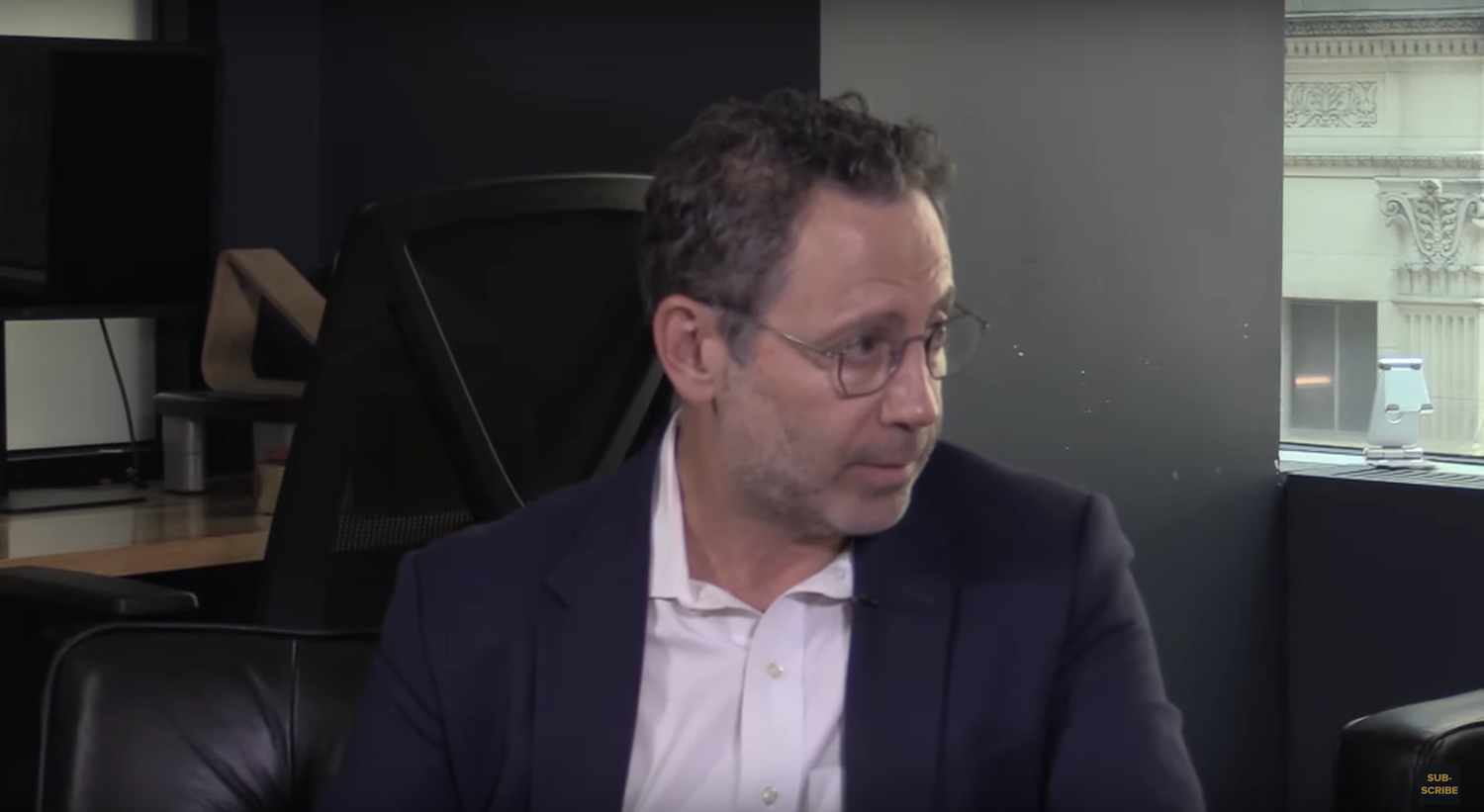Dear Crypto Derivatives Industry, Let’s Not Repeat 2008
As the crypto derivatives industry begins to take off, it needs to avoid the lack of transparency that plagued the industry in the 2000s, when the financial system collapsed.

Dear Crypto Derivatives Industry, Let’s Not Repeat 2008
$1 quadrillion. The derivatives market is considered the biggest market in the world on a notional basis, eclipsing even the ballooning world debt market by four times. However, on a gross market value basis, the derivatives market is considered significantly smaller. The Bank of International Settlements (BIS) estimated it at approximately $12 trillion last year.
The lack of clarity over the size of the derivatives market points to its opaqueness, with little improved real-time risk transparency since the financial crisis of 2008-09. In a famous investor letter from 2002, Warren Buffett referred to derivatives as “weapons of financial mass destruction” (not mentioning that Berkshire Hathaway has used stock options, a derivative instrument).
Sandra Ro is a former derivatives banker and market infrastructure executive and the CEO of the Global Blockchain Business Council, a Swiss industry non-profit building the next multi-trillion dollar industry through partnership, education, and advocacy.
The global derivatives market is one of the most influential areas of financial services because it often drives the underlying prices of other asset classes, and because it is very lucrative. Derivatives are also considered the “black box” of the financial services world, especially over-the-counter (OTC) derivatives, because so few understand them. (Many crypto markets are open books by comparison.)
Most OTC derivative transactions are private and bilateral. Therefore, knowing the actual risk exposures and positions across global derivative portfolios at any given time requires enormous systemic risk management and monitoring. Listed or publicly traded futures and options contracts have more data available for public consumption. However, I would argue, they are still difficult to risk-manage, as most contracts sit across hundreds, if not thousands of different exchanges, trading venues, brokers, sell-side and buy-side, in data silos.
Derivatives, at their core, offer hedging and risk management solutions for those exposed to the corresponding asset, whether in the form of hedging against adverse price movements or too much volatility of prices. American farmers started locking in prices of sugar and wheat more than 100 years ago as a form of protection against lower prices in the future (aka ‘futures’ markets).
However, in the years since, derivatives have attracted speculation and leveraged trading, which can spell disaster if regulatory guardrails are not clear and enforced. In the 2000s, “Mrs Watanabe” investors (a term coined for normally cautious Japanese housewives) became involved with infamous JPY carry trades: moving JPY markets globally, befuddling FX traders in London and New York, and wiping out the life savings of some Japanese families.
Why crypto markets should care
The crypto markets are growing and maturing, which means, inevitably, more crypto derivative products will be available in the market for institutional and retail investors to trade. Crypto derivative product developers, regulators, brokers, dealers, traders, exchanges should learn from the mistakes of traditional capital markets, specifically the opacity of these markets, and build better ways to risk manage exposures, leverage in the form of margin trading, and foster growth in this potentially lucrative market, while also protecting retail investors and keeping out or mitigating damage from bad actors.
Furthermore, with the tokenization of potentially everything and anything, we could see real innovation and breakthroughs for the green economy from green bonds to carbon credits to climate change indices.
In recent months, we have seen regulators take a closer look at crypto derivatives, outright banning the retail marketing of them in the U.K., for example. We also see U.S. regulators turning to enforcement actions against companies like BitMEX, which has been offering derivative products on its platform for years.
It is still very early days of crypto derivatives. What do we need to do now?
There are regulated crypto derivative instruments currently trading like CME’s Bitcoin futures, options on futures, and the recently launched ETN from Van Eck/Deutsche Boerse. However, product creation is only one part of the puzzle. The crypto derivatives community needs to create real-time risk mitigation and management tools for regulators, industry professionals, and, ultimately, help all of us all build more resilient derivatives markets ahead of the next financial crisis.
There will be another financial crisis. The question is, will the crypto derivatives market create it, fuel it, or help mitigate the negative fallout?
In 2021, the industry should step up engagement with legislators and regulators on the topic of derivatives, margin trading, and real-time reporting. It is, when, not if, more crypto derivative products and services will come onto the market. We have seen a notable uptick in interest and inquiries from a variety of stakeholders, including governments and the private sector. The defi community as well as leading fintechs are developing a lot of creative solutions around real-time settlement, mitigating counterparty risk (aka atomic swaps) and reduction of margin and / or collateral with perpetual futures and other innovative solutions. However, there is a double-edged sword of accountability when things go wrong. Who is accountable? And where does one go, if maligned, and there are financial losses?
Work has begun; we invite all those interested, as well as those working on initiatives to reach out and communicate. The Global Blockchain Business Council (GBBC) is ramping up discussions on a blueprint for crypto derivative standards review and engagement (similar to, and likely needing collaboration with International Swaps and Derivatives Association), mapping of existing products, regulatory and legal frameworks and guidance specific to derivative markets (in discussions with the GBBC’s Global Standards Mapping Initiative to create a derivatives working group), and initial discussions with regulators on how to create digital infrastructure which can deliver better monitoring of real-time risk reporting and overall risk mitigation.
At the end of the day, regulators, central bankers, and governments want to ensure financial stability and consumer protections while allowing for innovation and entrepreneurship in these very segments. The crypto derivatives industry can help shape the building of a better, more resilient, and transparent pathway to global liquidity and financial stability by designing real-time risk management solutions, fostering the growth of innovative grassroots solutions via the DeFi community AND working with regulators to build guardrails that prevent the next financial meltdown.









